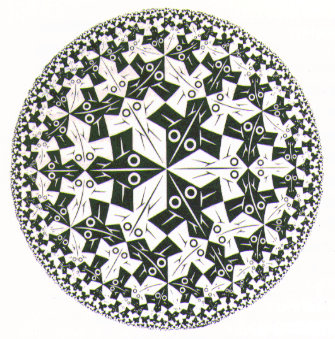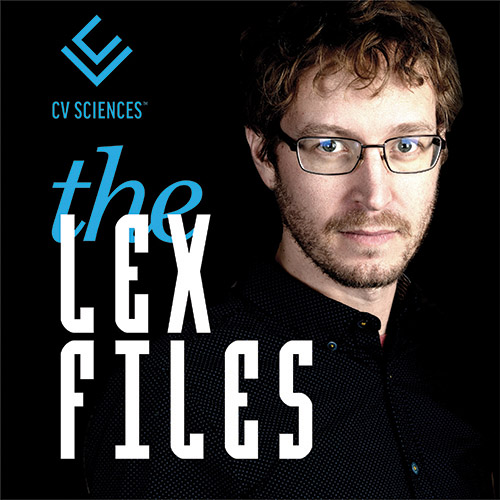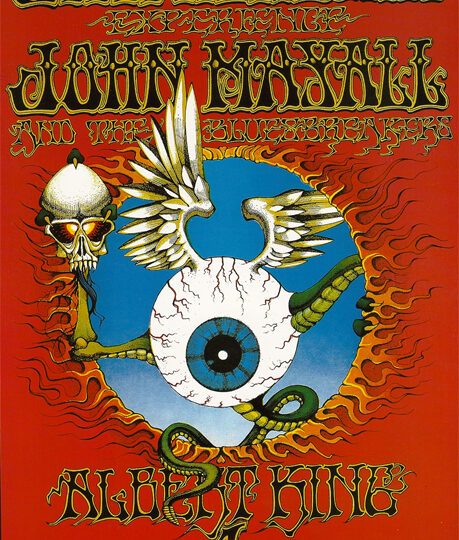
NASA meets Burning Man
On April 12, 1961, the apple-cheeked cosmonaut Yuri Gagarin hurtled into orbit and became the first human being to gaze down at the misty blue ball of earth. Tucked into a cute little sphere called Vostok 1, he whipped around the planet only once before tumbling back to earth; in the transcripts of his VHF and short-wave communications with ground control he frequently notes that he’s “in good spirits” and doing “very well.” Twenty years later to the day, NASA launched the first space shuttle from the Kennedy Space Center. And twenty years after that, a couple of UN-level space promoters, who subsequently founded the nonprofit Space Generation Foundation, created Yuri’s Night, a global celebration of Gagarin’s flight that was consciously targeted at the celebration-mad and modestly cosmic youth of today.
Like the a bespectacled kid brother of Earthdance, Yuri’s Night has taken off. This year there were well over 100 events around the globe, from Beijing to Prague to Lagos, and though some of them were probably little more than astrogeeks playing Moby records, the Yuri’s Night held in Mountain View, something more unusual happened.
The event took place at the NASA Ames Research Center, which is where they do stuff like build space-faring robots and study microbes on extra-solar planets. The Center is an imposing, vaguely Ballardian environment: enormous hangers, wind tunnels, empty runways and defeated institutional buildings lying on the edge of the Bay. But on the evening of Friday the 13th, the center opened its doors to raw food vendors, Black Rock sculptors, feral half-nude hoopers, and the nasty electronic breakbeats of the Glitch Mob. In other words, Burning Man spilled onto the nerd turf of the military-industrial complex.
Also on hand were robot designers, private astronauts, shills handing out Google schwag, and a handful of rumpled NASA scientists behind demo booths talking to people wearing purple cowboy hats and furry brassieres about earthquake prediction devices and cutting-edge global visualization tools.
This freak and geek mixture was surreal, awkward, and occasionally sublime. With the long lines and the general air of confusion, there was no mistaking the largely volunteer force and the air of culture clash. Sometimes the scientists behind the demos would be drowned out by the music. On the other hand, the stage presentations by both Anousheh Ansari — scion of the Iranian family that funds much of the X-prize and the first female space tourist—and NASA’s Chris McKay—who provided a gleeful, vaguely Frankenstinian rap on the ethical obligation to terraform Mars—were as twisted and techno-giddy as the music sets by Telefon Tel Aviv, Sutekh, and the excellent Plaid. Perhaps the most oddball juxtaposition was the SciFi pep talk given by the NASA Ames Center’s Director Pete Wordon, who stepped onstage following Plaid’s deconstructed set in a wizard outfit to tell us about how nifty it will be to put stations on the moon and send people to Mars.
Worden was clearly enjoying himself. He deserved it, because, after he got the Yuri’s Night bug from the event co-founder Loretta Hidalgo, who cruised around the event clutching a blue light saber, Wordon had to tackle the layers of bureaucracy and security that stood in the way of such a potentially combustible gathering. (The celebration was also aided by a number of Burner participants and sympathizers who worked onsite.) And though you could feel the drag caused by the institutional realities of a federal facility—I heard that one artist who needed to use a fork lift had to wait for an OK from Washington—this wonderfully peculiar event did succeed in its goal of being, well, wonderfully peculiar. One could wander out of a NASA hanger after checking out some Hubble images, plop down next to a dozing waif on a stained sofa beneath a geodesic dome and listen to some hirsute fellow rant into a bullhorn, while, in the distance, a stream of digital psychedelia flowed across the nose of the massive Kuiper Airborne Observatory, a modified Lockheed cargo transport plane that hauls its 36-inch telescope 14 kilometers into the stratosphere. Kewl.
Yuri’s Night was a fine fête, but the real significance of the NASA Ames event may be less the freak-geek bonding—an old ritual in the Bay Area—than the confirmation that Burning Man art and aesthetics are now invading the festival scene. Whether Michael Christian’s sculptures or the Space Cowboys house hoe-downs work as well in a parking lot or a field as the Black Rock Desert remains to be seen. But the stars are now aligned. A recent Current TV clip on Burning Man artist Charlie Smith’s interactive installations for Bonnaroo makes it clear that playa-fied participatory art will now become part of the tools festivals deploy to make their experiences richer and more entertaining. And while gatherings like Bonnaroo, Coachella or Glastonbury take place in far less restrictive locales than NASA Ames, they are also far less likely to invoke the secret sympathy between the mad dreamers inside the system and those outside.




